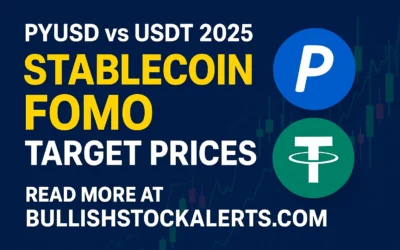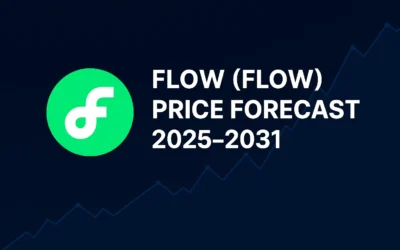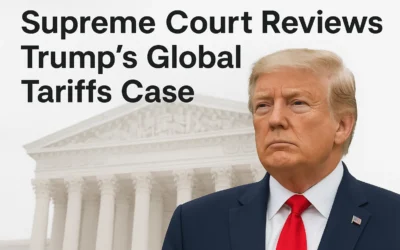The U.S. dollar has taken a significant hit, sliding to its lowest level against the euro since 2021, following a series of pointed remarks from former President Donald Trump. His recent statements, which have stirred uncertainty in financial markets, appear to have triggered a sharp reaction among investors, contributing to the dollar’s decline. This development underscores the profound influence that high-profile political figures can exert on global currency markets, even outside formal office.
The Context: Trump’s Remarks and Market Jitters
On [insert date of remarks, if available], Trump made headlines with comments targeting U.S. economic policy, international trade, and the Federal Reserve’s handling of monetary policy. While the specifics of his statements varied, their overarching tone suggested a potential push for policies that could weaken the dollar, such as aggressive trade tariffs or pressure on the Fed to lower interest rates. These remarks have reignited debates about the future direction of U.S. economic strategy, particularly as the 2024 election cycle looms large.
Investors, already navigating a complex landscape of inflationary pressures and geopolitical tensions, interpreted Trump’s words as a signal of potential economic disruption. The result was a swift sell-off of the dollar, with the euro climbing to [insert specific exchange rate, e.g., €0.85 per dollar]—a level not seen in over three years. This shift has broader implications for global trade, investment flows, and monetary policy.
Why the Dollar Is Vulnerable
Several factors have amplified the dollar’s vulnerability to Trump’s rhetoric:
- Market Sensitivity to Political Signals: The U.S. dollar is highly sensitive to shifts in political sentiment, especially when they come from influential figures like Trump, whose policies during his presidency reshaped trade dynamics. His latest comments have raised concerns about a return to protectionist measures, which could disrupt global supply chains and weaken demand for the dollar.
- Federal Reserve’s Tightrope: The Federal Reserve has been grappling with balancing inflation control and economic growth. Trump’s remarks, which hinted at pressuring the Fed for looser monetary policy, have led markets to question the central bank’s independence, adding uncertainty to the dollar’s outlook.
- Eurozone Resilience: Meanwhile, the euro has been bolstered by stronger-than-expected economic data from the Eurozone, including robust manufacturing output and stabilizing inflation. The European Central Bank’s cautious approach to rate cuts has further supported the euro’s relative strength against the dollar.
Implications for Businesses and Investors
The dollar’s decline has far-reaching consequences for various stakeholders:
- Exporters and Importers: U.S. exporters may benefit from a weaker dollar, as their goods become more competitive in international markets. Conversely, American importers face higher costs for foreign goods, which could exacerbate inflationary pressures.
- Global Investors: For investors holding dollar-denominated assets, the currency’s depreciation erodes returns when converted to other currencies. This may prompt a reallocation of capital toward euro-based or other non-dollar assets.
- Travel and Tourism: A weaker dollar makes European travel more expensive for Americans, potentially dampening tourism to Eurozone destinations. On the flip side, it could boost U.S. tourism as European visitors find their euros stretch further.
The Bigger Picture: Political Influence on Markets
This episode serves as a stark reminder of the interplay between politics and financial markets. Trump’s ability to move currency markets with mere words highlights the heightened role of political rhetoric in shaping economic outcomes. As the U.S. approaches another pivotal election cycle, markets are likely to remain on edge, with every statement from key figures scrutinized for its economic implications.
Looking ahead, the dollar’s trajectory will depend on several factors: the Federal Reserve’s response to political pressures, the evolution of U.S. trade policy, and the broader global economic environment. For now, the euro’s ascent signals a shift in market dynamics, one that investors and businesses must navigate carefully.
Conclusion
The recent plunge of the U.S. dollar against the euro, spurred by Donald Trump’s provocative remarks, underscores the fragility of currency markets in the face of political uncertainty. As the dollar hits its lowest level since 2021, businesses, investors, and policymakers must brace for continued volatility. Staying informed and agile will be critical in adapting to this evolving financial landscape.
For real-time updates on currency trends and economic developments, follow https://bullishstockalerts.com/#newsletter. What are your thoughts on the dollar’s decline? Share your insights in the comments below.
Did you find this article insightful? Subscribe to the Bullish Stock Alerts newsletter so you never miss an update and gain access to exclusive stock market insights: https://bullishstockalerts.com/#newsletter
Avez-vous trouvé cet article utile ? Abonnez-vous à la newsletter de Bullish Stock Alerts pour recevoir toutes nos analyses exclusives sur les marchés boursiers : https://bullishstockalerts.com/#newsletter








0 Comments